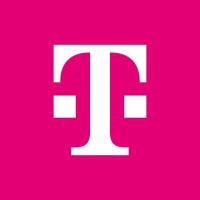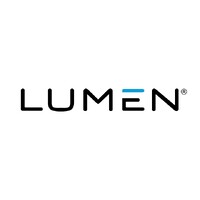
Deutsche Telekom
Welcome to Deutsche Telekom. As one of the world's most valuable brands, we design innovative solutions and products in the areas of connectivity, networks, digitalization and security. #connectingyourworld At Deutsche Telekom, we believe that each and every one of us has the power to move society forward. That's why we're committed to creating a culture of collaboration and innovation that everyone can participate in. We believe that diversity and inclusion are the key to creative solutions. Our employees work in 34 countries worldwide. As a leading employer, we support them with offers and benefits that enrich their work and private life. These include flexible working hours, hybrid and remote work, learning and development opportunities, health and wellbeing, as well as attractive employee benefits.






